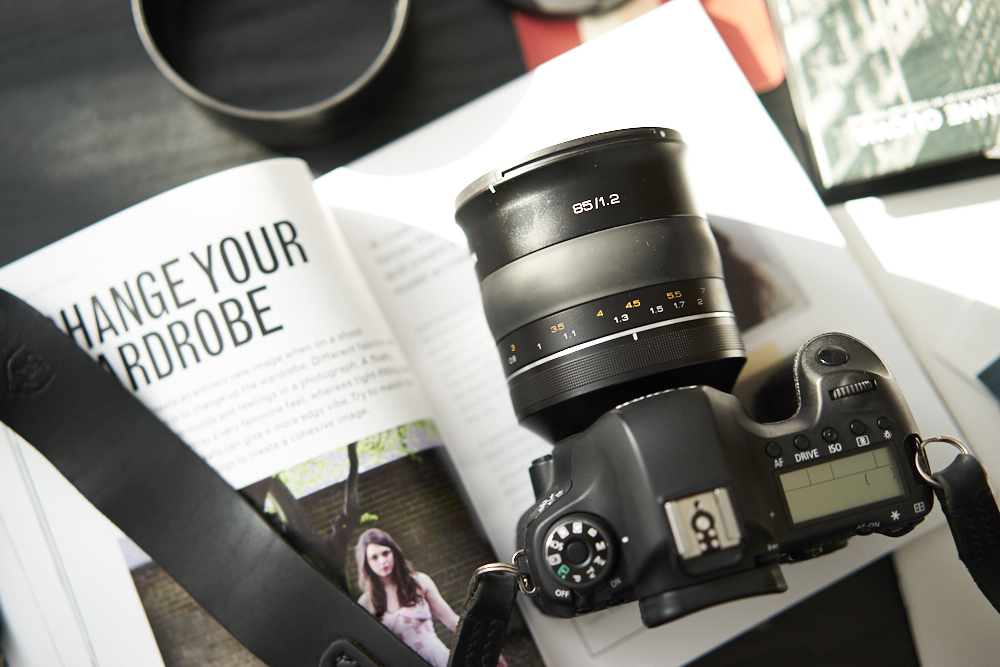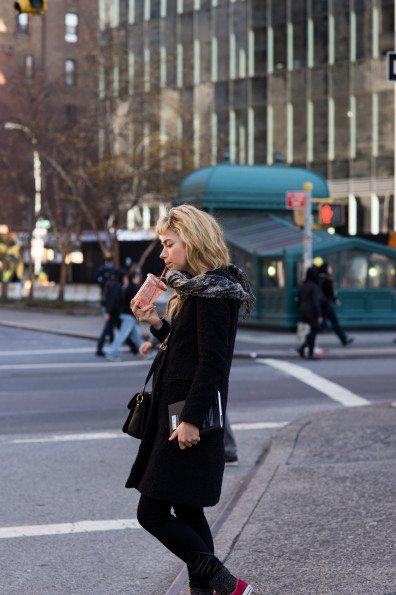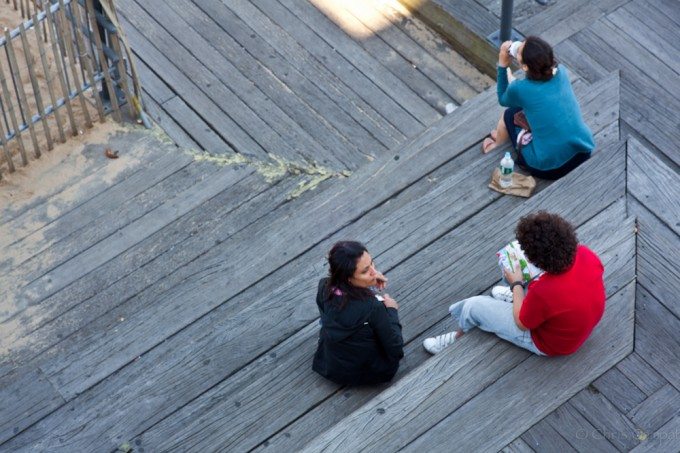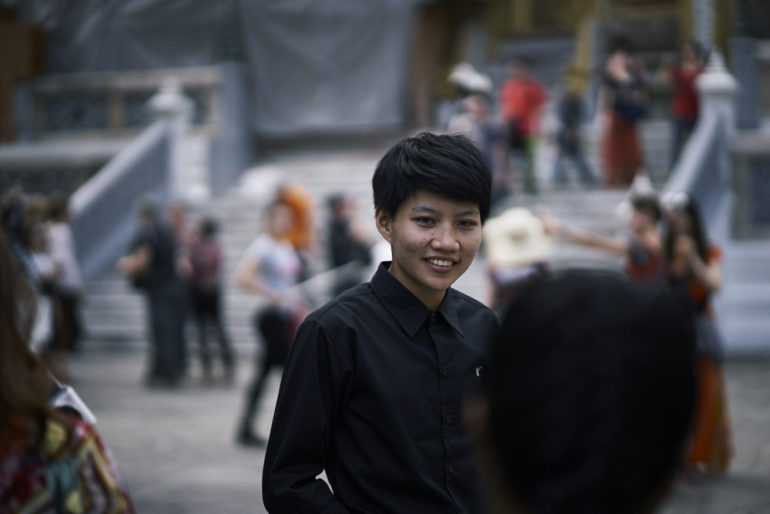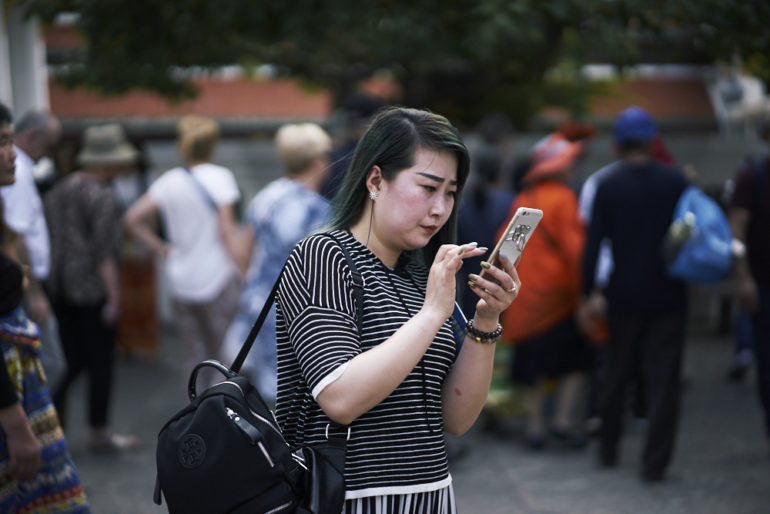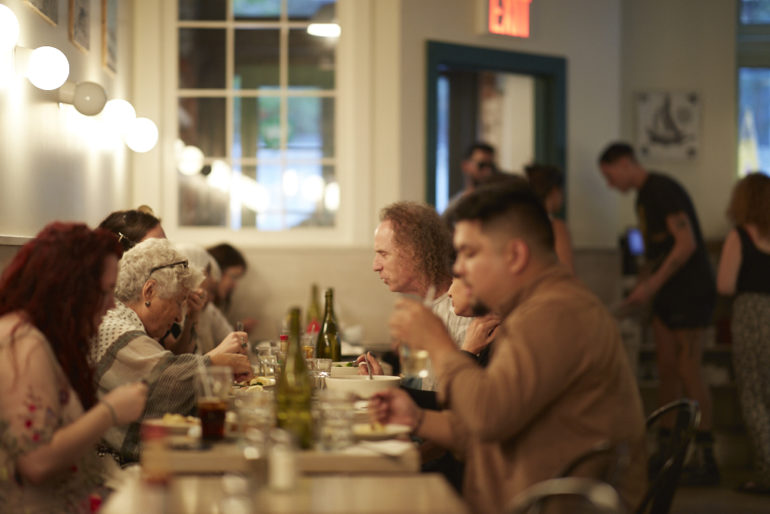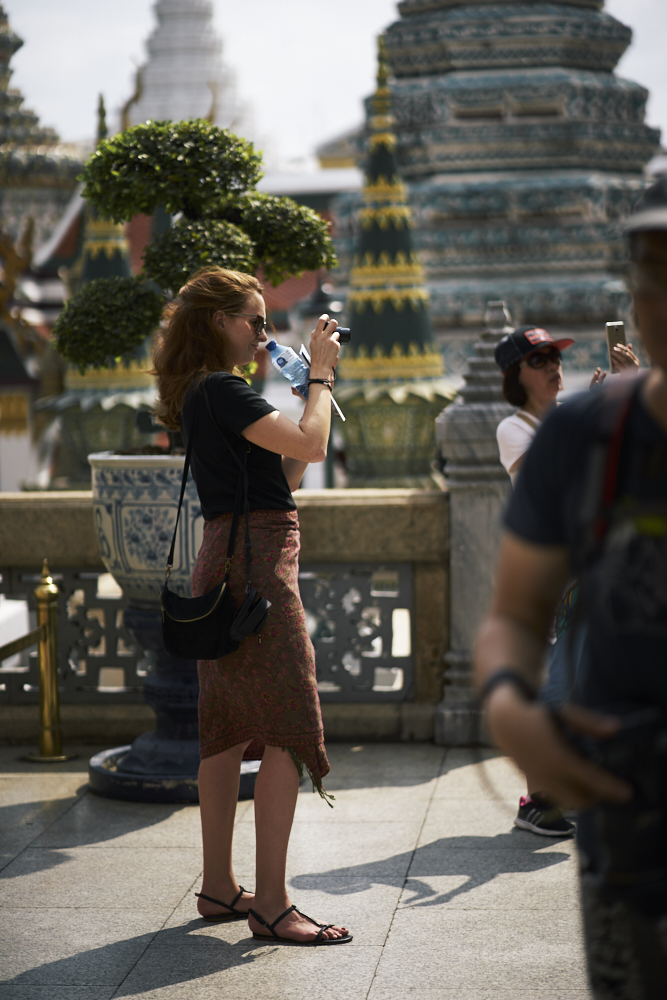Street photography with an 85mm lens isn’t totally unheard of; it can give us a much different look than what’s out there.
Though the purists in street photography will tell you that you need to get up close and personal to someone on the streets, there isn’t anything inherently wrong with using an 85mm lens. Of course, any wrongdoing comes with the intentions of the photographer. In this case, your intentions should be to try to get a different look at the scene and capture it as it happens with less chance of being seen. If you feel like calling it such, you can think of it as being a fly on the wall. Something many street photographers aspire to be when they shoot.
So after years of testing various 85mm lenses, here are some of our tips.
Have a Preselected Focusing Point (Ideally a Zone)
When shooting street photography and candid photography with an 85mm lens, there are four ways of going about this:
- Manually focusing: This is arguably the most difficult way to go about shooting, but that depends on if you can do it while combining it with zone focusing.
- Single point AF: A bit easier to do, but still not that efficient. With single point you’re moving a focusing point and hoping that your subject doesn’t move after you’ve chosen the point and focused. Instead, you can preselect a point. Some folks select the point, focus, and recompose.
- Area/Zone: This is specifically talking about a group of autofocus points and depends on the nomenclature that your camera poison of choice offers up.
By and large, area focusing is the best. It will find whatever is in that group and focus on it. It’s simple, fast, and will give you the most assurance that you’ll get the shot. I recommend this method for both beginners and advanced shooters. To further help you either stop the lens down (we’ll get to that) or determine whether or not you need tracking/continuous autofocus or single focusing. If subjects are moving, obviously you’ll want tracking.
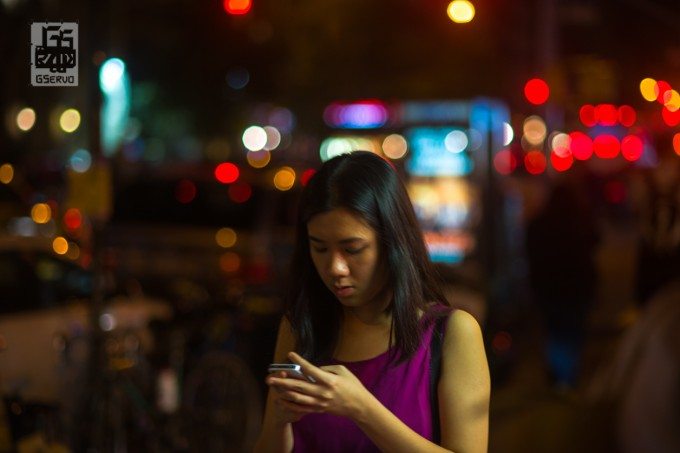
Though this tip may sound a bit obvious, also consider the lighting on your subject. If they aren’t being fully illuminated on the front side then the camera is going to have issues trying to get focus confirmation. What we’ve learned with testing cameras and lenses is that sometimes it isn’t the camera’s fault. Sometimes the user just doesn’t know how to focus, so be sure to figure out all the variables with focusing and your camera.
When a Scene Has Less Vibrant Color, Bokeh Can Help
If you’ve ever heard of the term composing by color, you can attribute it to the fact that some scenes have vibrant colors in them. Ideally what you’ll find is a scene with just a few colors in it and very little other colors, but the color that is in the scene stands out against the rest. Think of it almost like having a plain black or white background and a product against it. The product immediately stands out.
In situations where the color in a scene is dull (like in the image above) then know that you can use the 85mm focal length for one of its strongest features: depth of field. Using bokeh/depth of field to single out a subject is a powerful story telling technique that is used in cinema a lot. This is why we’re saying that you can get the cinematic look here by using a short telephoto lens to do it.
F2.8 or Narrower
While most 85mm lenses open up to f1.8 or something faster, it still makes sense to stop the lens down. The reason for this? Balance!
- At f2.8 you’re using the telephoto focal length’s nature of being able to render more bokeh at a given distance and aperture vs a wider focal length.
- You’ll be able to get a subject in focus even if they move just a bit.
- It makes the job easier on your camera’s autofocus and therefore also speeds up focusing abilities.
Before I end let me reiterate that this post is targeted more at those who photograph people candidly in public. When it comes to just photographing scenes and urban geometry, focus more on composing by color and getting everything in focus. In this case, stop the lens down to f5.6 or even 8. Then just wait for elements and variables to happen with the scene. Perhaps it is light, people moving through, etc.


